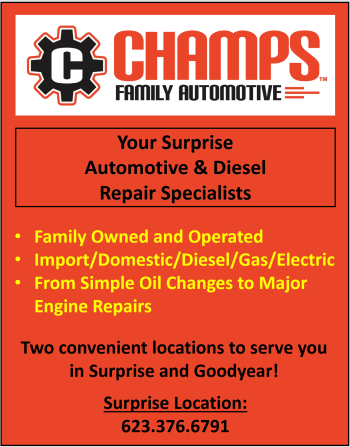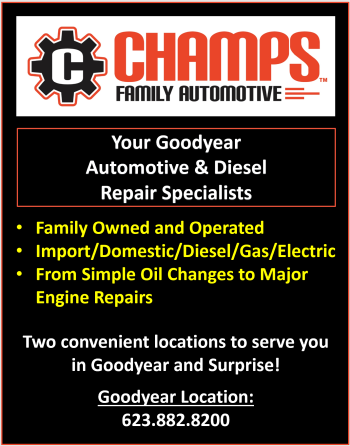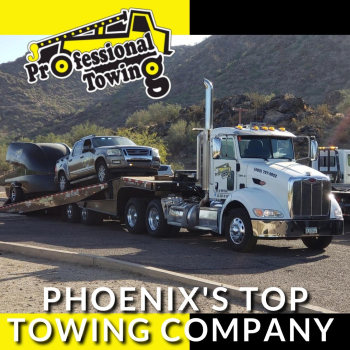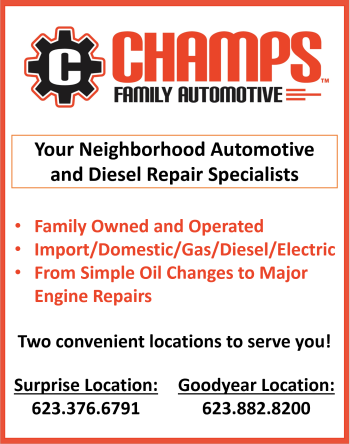Front-end vs. 4-wheel alignment
As you may have already guessed, the difference between these two types of alignments is found right in their names. A front-end alignment only makes adjustments pertaining to the two front wheels while a 4-wheel alignment does all four.
Most vehicles benefit from a 4-wheel alignment anytime the service is done. Others, however, only require a front-end adjustment if they have a non-adjustable rear axle.
When is wheel alignment necessary?
Generally speaking, you should schedule an alignment:
- After having an accident, hitting a curb, or running over a large pothole.
- If you’ve recently purchased and installed new tires.
- When you’re replacing suspension or steering components.
Other than the situations mentioned above, you may also need to get a wheel alignment done if you notice any of these symptoms:
- You feel vibration or shaking in the steering wheel or seat
- Your vehicle turns to one side or the other while you’re driving
- Tires show signs of uneven wear
- The steering wheel is crooked when you’re driving on an even road
Why is it important?
Believe it or not, one of the most critical factors in vehicle driving safety is how your tires come into contact with the road. If your car is out of alignment, the tires will not be at the right angle and you may slip or lose control more easily. Having a routine wheel alignment done ensures that your tires wear evenly, making them less prone to blowouts. It also helps maximize their contact with the road, allowing you more control over the vehicle and improving overall driving safety.
Click Here for more information about Good Works Auto Repair in Tempe, AZ

























